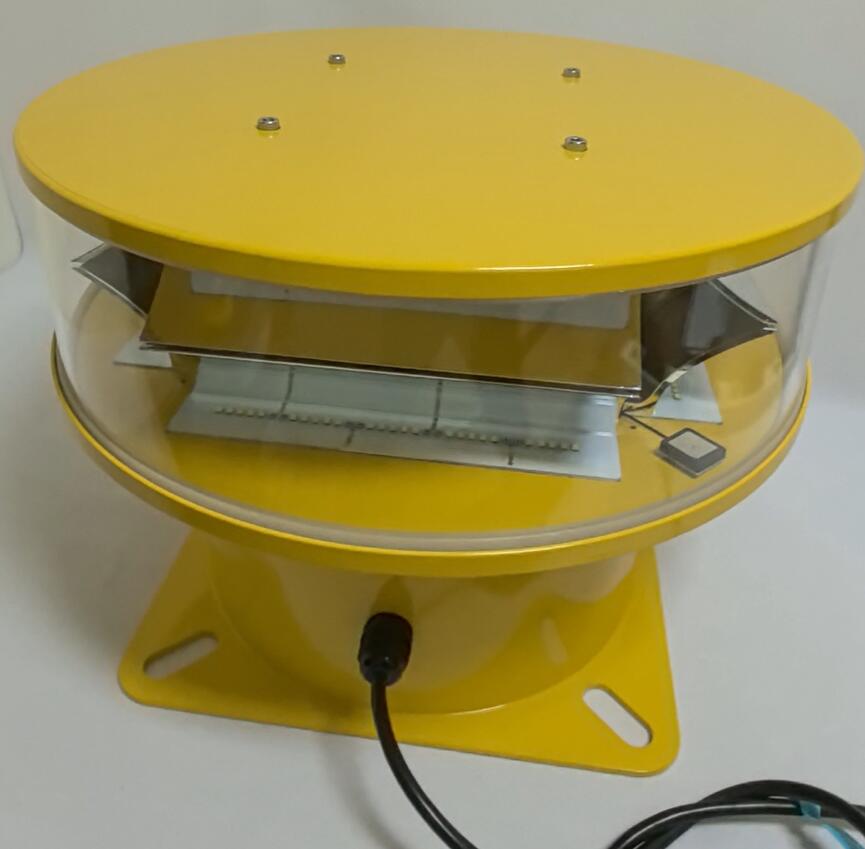Aviation Obstacle Light: Ensuring Safety in the Skies
Aviation obstacle lights are critical components in air navigation safety, designed to mark tall structures that could pose hazards to aircraft. These lights ensure that pilots can identify obstacles, especially during low visibility conditions, reducing the risk of collisions. As air traffic continues to grow, the importance of reliable and compliant aviation obstacle lighting systems becomes even more pronounced.
Purpose and Function
The primary function of aviation obstacle lights is to enhance the visibility of structures such as telecommunication towers, wind turbines, skyscrapers, and bridges. These lights emit high-intensity illumination, often in red or white, depending on their application and regulatory requirements.
There are two main types:
Low-Intensity Obstacle Lights (L-810) – Used for structures below 45 meters in height.
Medium- and High-Intensity Obstacle Lights (L-864, L-865) – Required for taller structures, especially those exceeding 150 meters.
The flashing patterns and colors are standardized to ensure global recognition by pilots.

Regulatory Standards
Aviation obstacle lights must comply with international and national regulations, including:
ICAO (International Civil Aviation Organization) – Sets global standards for obstacle lighting.
FAA (Federal Aviation Administration) – Regulates lighting requirements in the U.S.
EASA (European Union Aviation Safety Agency) – Oversees European compliance.
These standards dictate light intensity, placement, and operational reliability to ensure consistent performance under various weather conditions.
| Aviation Obstacle Light |
Technological Advancements
Modern aviation obstacle lights incorporate energy-efficient technologies such as LED lighting, which offers longer lifespan and lower power consumption compared to traditional incandescent bulbs. Solar-powered systems are also gaining popularity, particularly in remote locations where grid power is unavailable.
Additionally, smart monitoring systems now allow real-time diagnostics, ensuring immediate detection of malfunctions and reducing maintenance delays.
Challenges and Solutions
Despite their importance, aviation obstacle lights face challenges such as:
Light Pollution – Excessive brightness can affect nearby communities. Solutions include directional lighting and automatic dimming controls.
Weather Resistance – Harsh conditions can degrade performance. Manufacturers now use durable materials like polycarbonate lenses and corrosion-resistant coatings.
| Aviation Obstacle Lights |
Power Supply Issues – Backup systems and solar integration help maintain continuous operation.
Aviation obstacle lights play a vital role in safeguarding air travel by preventing collisions with tall structures. With evolving technology and stringent regulations, these systems continue to improve in efficiency and reliability. As urbanization and air traffic increase, the demand for advanced obstacle lighting solutions will only grow, reinforcing their significance in global aviation safety.
By adhering to international standards and embracing innovation, the aviation industry can ensure that obstacle lighting remains a dependable safeguard for pilots and passengers alike.
